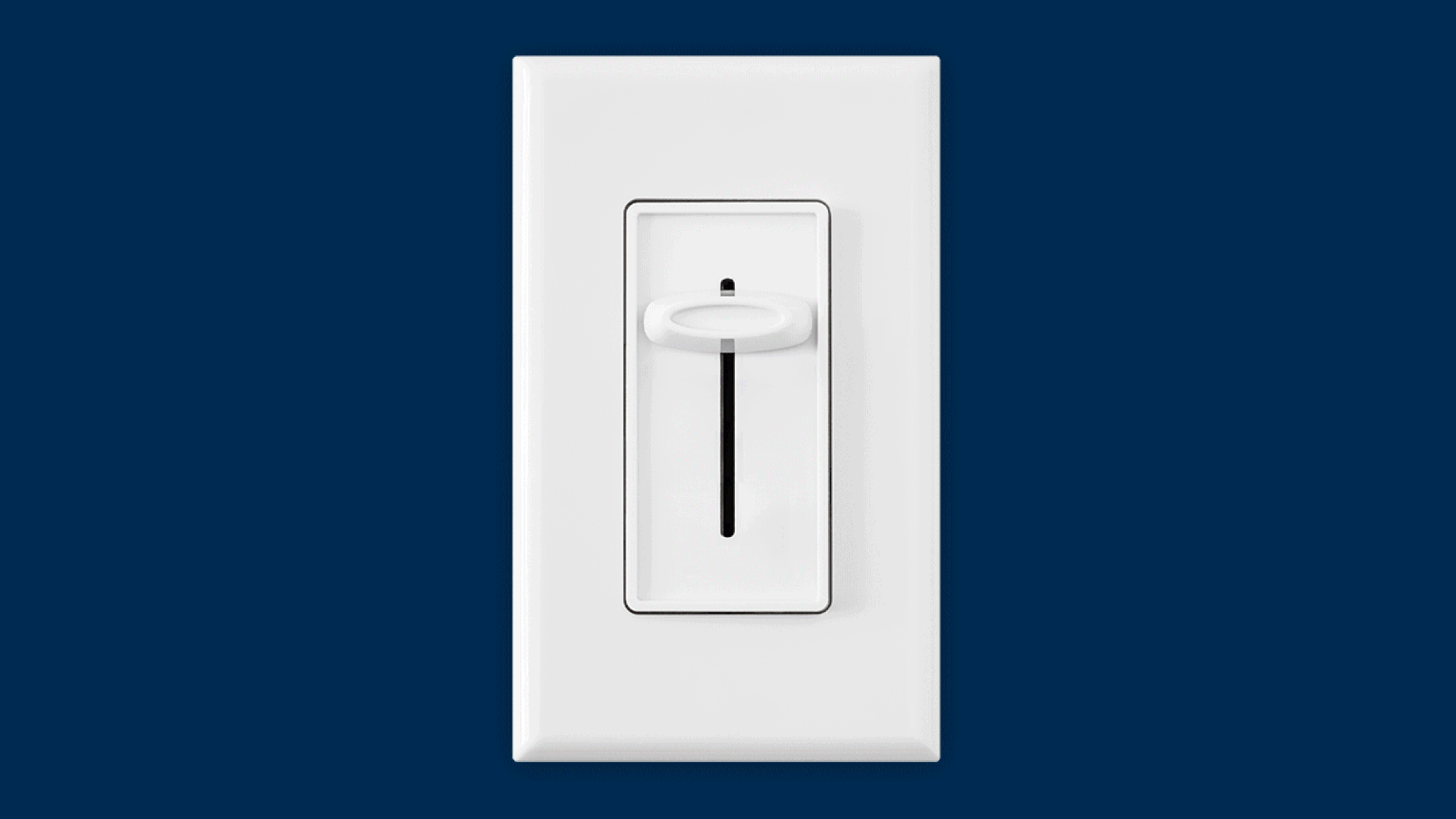Light pollution’s existential threat to astronomy – Axios

Illustration: Natalie Peeples/Axios
The night sky is getting dramatically brighter due to light pollution spreading across the globe — and it poses an existential crisis for our ability to study space.
Why it matters: Information about distant galaxies and star systems gathered through telescopes and other tools is vital for humanity’s understanding of our place in the universe.
Driving the news: A new study published in Science last week found through 51,351 citizen scientists’ observations from 2011 to 2022 that light pollution increased the brightness of the night sky by 7%–10% per year.
- That increase is far more than estimates made through satellite measurements that previously suggested an increase of about 2% per year.
- Another study published at the end of 2022 found 21 of 28 “major astronomical observatory sites” are under skies that have a level of light pollution that is able to seriously affect their observations.
The intrigue: Scientists have found light pollution affects animal migration patterns and sleep-wake cycles, and it harms insect populations that birds and other animals depend on for food.
- “We are cutting territory with walls of light,” Fabio Falchi, a light pollution researcher who was uninvolved in the new study, tells Axios.
- “A bridge over a river is not a wall for some species, but during the night when it is lighted, this light is cutting the river in half for some species. So we are fragmenting the environment where animals live.”
- According to Christopher Kyba of the GFZ German Research Centre for Geosciences and one of the authors of the new study, a good rule of thumb is to only light what needs to be lit — like a sign — when it needs to be lit and only the amount of light that you need for it to be seen.
Between the lines: The increase in light pollution each year is likely, in part, caused by growing cities and wasteful lighting techniques, Kyba said.
- “When you see that the sky keeps getting brighter, year after year, it means we’re just doing a bad job of lighting our cities,” Kyba said, adding that taxpayers are paying for much of that lighting. “We’re also using a lot of fossil fuels to produce all of that light.”
The big picture: Light pollution from the ground isn’t the only threat to astronomy. Scientists are still concerned about how constellations of satellites could impede their views of distant cosmic objects from the ground.
- Astronomers worry that as the sky fills up with satellites — like SpaceX’s Starlink constellation — it will become more difficult to see the stars behind the swarms of moving spacecraft.
- The National Science Foundation and SpaceX, however, are coordinating to mitigate the impacts of the Starlink constellation on observatories on Earth, including adjustments to the satellites themselves to make them look darker.
What’s next: Scientists stress that more research is needed in order to figure out exactly why night skies appear to be increasing in brightness each year.
- If participation by citizen scientists in the study increases enough, Kyba said, the research team may be able to get more granular with their data, looking at individual states or cities instead of continents.
- Once researchers have that data, they will be able to say what regions are doing better or worse when combatting light pollution and maybe translate that into broader solutions.




